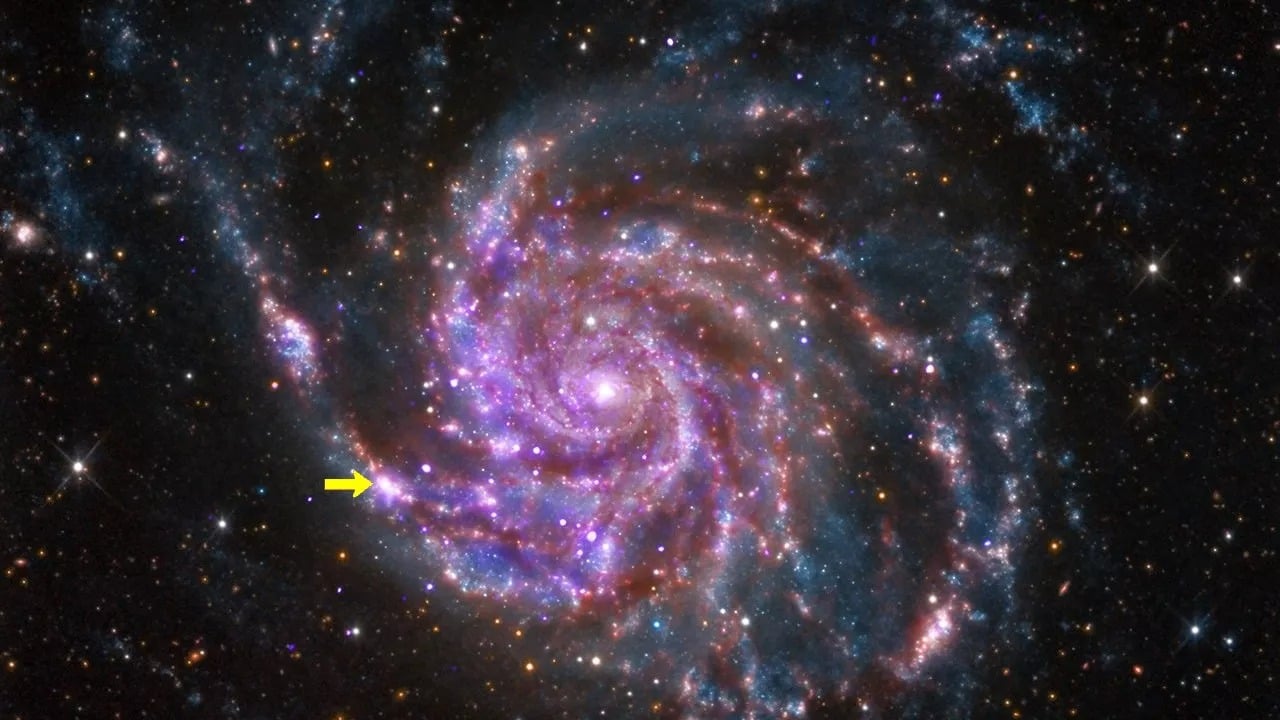
When a large star dies, it explodes into a brilliant burst of light that temporarily illuminates the night skies. The phenomenon, known as a supernova, often lasts for weeks. However, it is usually only visible to scientists with access to powerful telescopes. But the SN 2023ixf — one of the largest and brightest supernovas in over a decade — can be seen by all!
The supernova was first spotted by Koichi Itagaki, an amateur astronomer from Japan, on May 19, 2023. It has been steadily brightening since. Though not visible with the unaided eye, the supernova can easily be seen with a small telescope or a pair of powerful binoculars. Even better, it is not expected to disappear anytime soon.
"We expect the brightness to sort of hold steady for weeks if not months," says Daniel Perley, an astrophysicist at Liverpool John Moores Observatory. "It's gonna stay bright."
Researchers believe the SN 2023ixf marks the death of a star much larger than our Sun. The dying star is located in the spiral arm of the M101 Galaxy, about 21 million light-years from Earth. Also known as the Pinwheel Galaxy, it is one of the best-known and most beautiful galaxies in the night sky.
Supernovas provide scientists with important insights into our universe. For instance, an analysis of a certain type of supernova led to the conclusion that our universe is continually growing and expanding. Researchers have also found evidence that the debris from exploding stars helps form new stars and planets.
Resources: Space.com, NASA.gov
